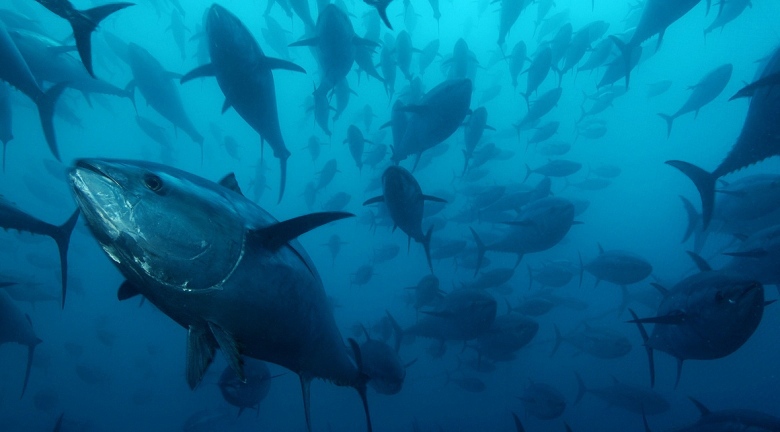
Volcanoes hidden under the oceans are presumed by scientists to be the gentle giants of the planet, oozing lava at steady rates along ocean ridges. But a new study shows that they flare up on strikingly regular cycles, ranging from two weeks to 100,000 years, and, that they erupt almost exclusively during the first six months of each year.
The pulses, apparently tied to short- and long-term changes in earth’s orbit, and to sea levels, may help trigger natural climate swings. Scientists have already speculated that volcanic cycles on land emitting large amounts of carbon dioxide might influence climate; but up to now there was no evidence from submarine volcanoes. The findings suggest that models of earth’s natural climate dynamics, and by extension human-influenced climate change, may have to be adjusted.
People have ignored seafloor volcanoes on the idea that their influence is small, but that’s because they are assumed to be in a steady state, which they’re not," said the study’s author, marine geophysicist Maya Tolstoy of Columbia University’s Lamont-Doherty Earth Observatory.
"They respond to both very large forces, and to very small ones, and that tells us that we need to look at them much more closely." A related study by a separate team this week in the journal Science bolsters Tolstoy’s case by showing similar long-term patterns of submarine volcanism in an Antarctic region Tolstoy did not study.
Volcanically active mid-ocean ridges crisscross earth’s seafloors like stitching on a baseball, stretching some 37,000 miles. They are the growing edges of giant tectonic plates; as lavas push out, they form new areas of seafloor, which comprise some 80 percent of the planet’s crust. Conventional wisdom holds that they erupt at a fairly constant rate, but Tolstoy finds that the ridges are actually now in a languid phase.
Even at that, they produce maybe eight times more lava annually than land volcanoes. Due to the chemistry of their magmas, the carbon dioxide they are thought to emit is currently about the same as, or perhaps a little less than, from land volcanoes, about 88 million metric tons a year. But were the undersea chains to stir even a little bit more, their CO2 output would shoot up, says Tolstoy.
